| Publication year |
Cover page |
Title
|
| 2020 |
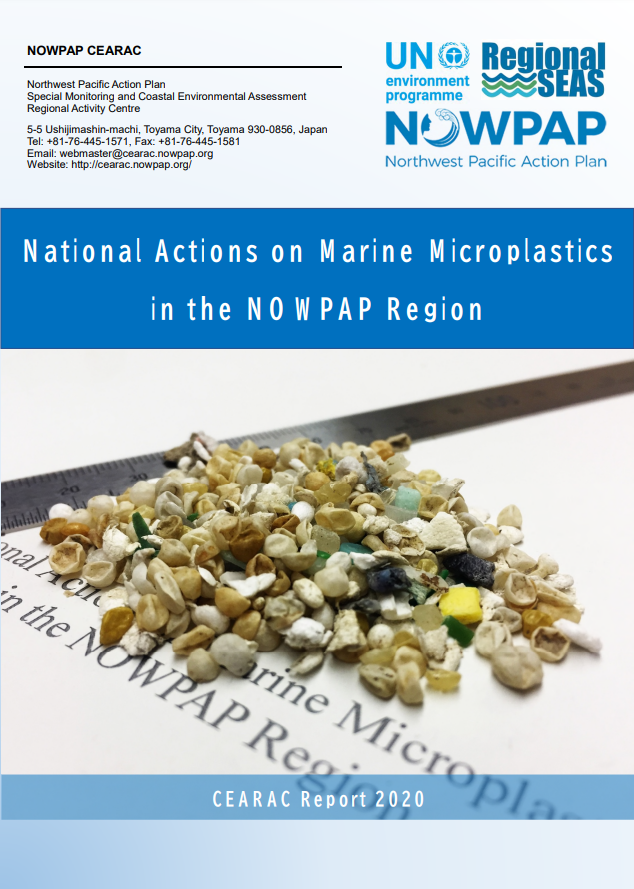 |
National Actions on Marine Microplastics in the NOWPAP Region [1,680KB]
As microplastics are an emerging problem these days, CEARAC developed a regional overview on actions and programs in the NOWPAP member states to disseminate and/or share relevant information.
|
| 2015 |
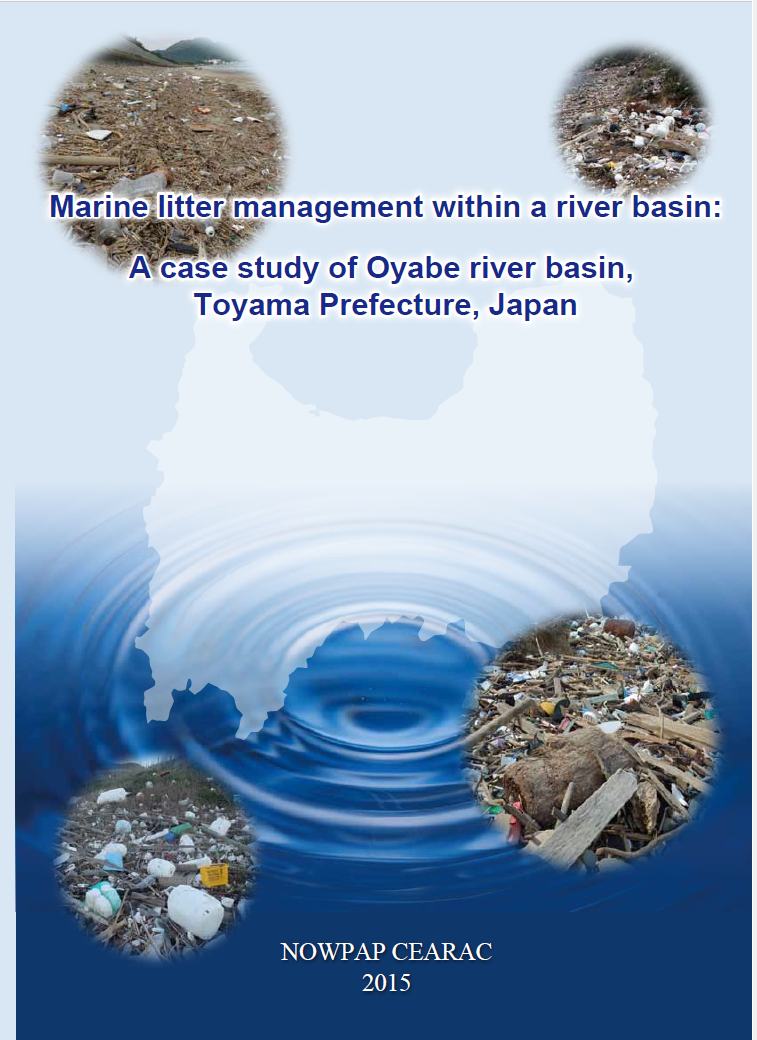 |
Marine litter management within a river basin: A case study of Oyabe river basin, Toyama Prefecture, Japan [1090KB]
Finding their effectiveness among on-going countermeasures to prevent land-based marine litter input, CEARAC introduces basin-wide collaborative actions implemented at the river basin of Oyabe River in Toyama, Japan as one of best practices.
|
2013
|
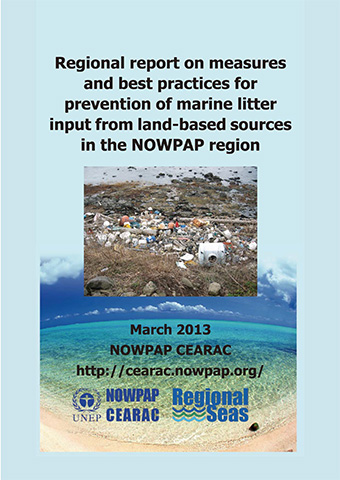 |
Regional report on measures and best practices for prevention of marine litter input from land-based sources in the NOWPAP region [6,415KB]
CEARAC compiled information on government measures and best practices for prevention of marine litter input from land-based sources in the NOWPAP member states, including cooperation among national and local governments, NGOs/NPOs, businesses and citizen groups.
|
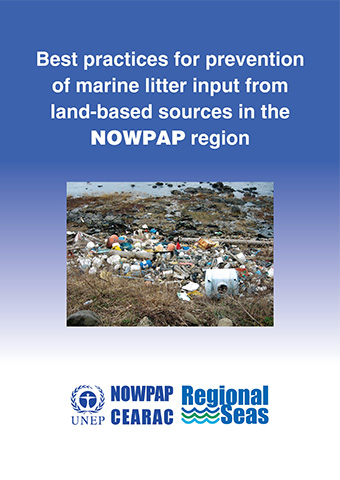 |
Best practices for prevention of marine litter input from land-based sources in the NOWPAP region (Pamphlet)
English[4,387KB] / Chinese[519KB] / Japanese[3,548KB] / Korean[13,356KB] / Russian[442KB]
CEARAC developed a pamphlet let to introduce best practices for prevention of land-based marine litter input in English and the four languages of the NOWPAP member states (Chinese, Japanese, Korean and Russian).
|
| 2011 |
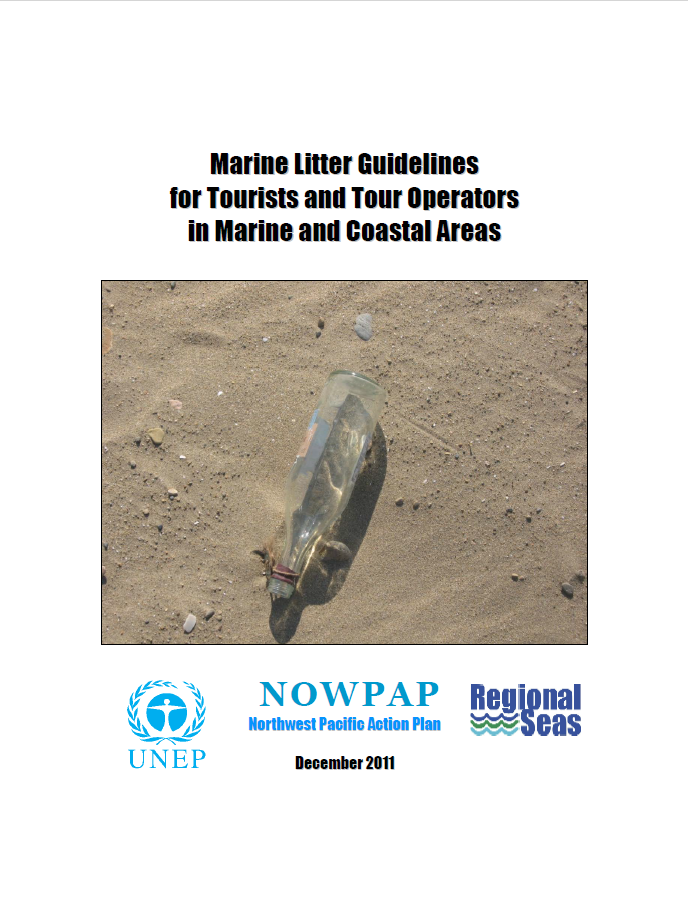 |
Marine Litter Guidelines for Tourists and Tour Operators in Marine and Coastal Areas, Revised edition[840KB]
Since Marine Litter Guidelines for Tourists and Tour Operators in Marine and Coastal Areas (2007) target at any beach-goer and/or people who enjoy marine activities, CEARAC revised the content by focusing on specific issues related to the tourism industry and adding good practices for prevention of marine litter generation in this sector.
|
| 2010 |
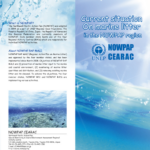 |
Current situation on marine litter in the NOWPAP region (Leaflet)[801KB]
CEARAC developed a leaflet to introduce the current situation of marine litter in the NOWAP region, using the outputs of marine litter monitoring activities by each member state.
|
| 2009 |
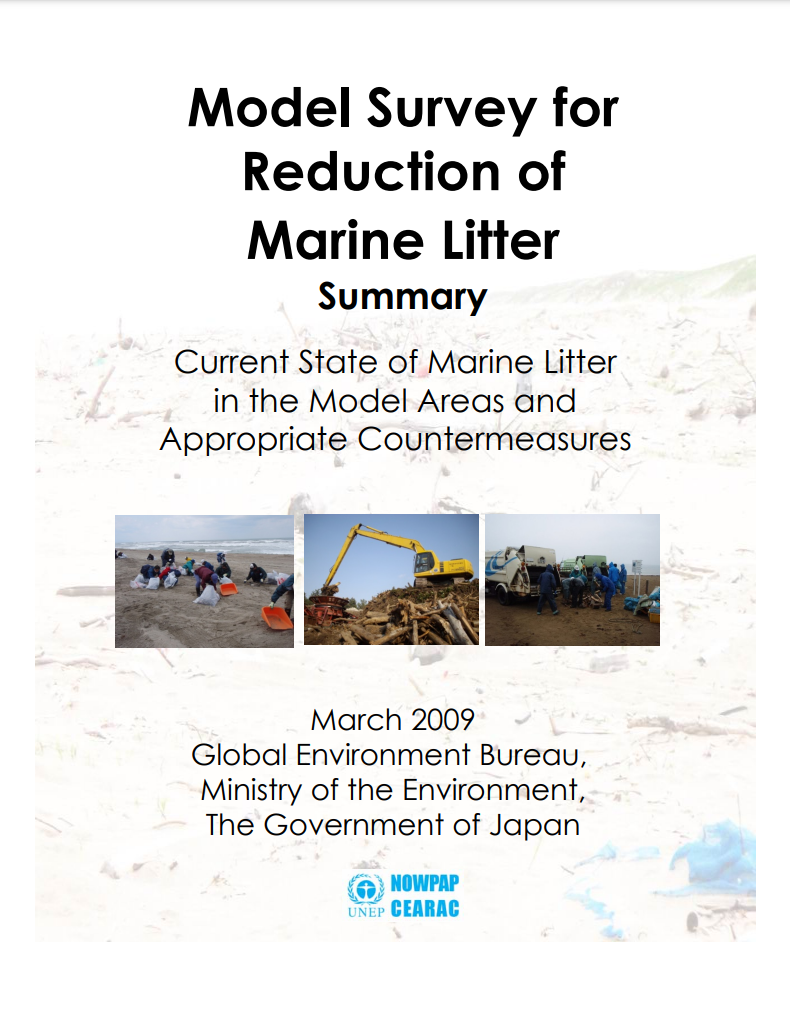 |
Model Survey for Reduction of Marine Litter [540KB]
Ministry of the Environment, Japan conducted a model survey for reducing marine litter in order to understand the current situation in detail and to consider the countermeasures against marine litter generation, including effective collecting and treating methods.
|
2007
|
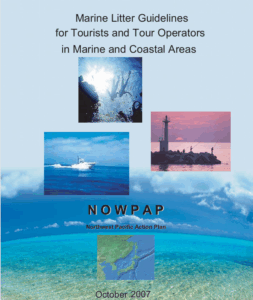 |
Marine Litter Guidelines for Tourists and Tour Operators in Marine and Coastal Areas [1,480KB]
As part of NOWPAP marine litter activities (MALITA), CEARAC developed guidelines to introduce washed-up marine litter targeting at beach-goers in general, including tourists.
|
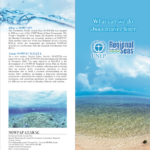 |
What can we do about marine litter? (leaflet)[1,126KB]
CEARAC developed a leaflet to explain an emerging issue on marine litter to be used for raising public awareness.
|
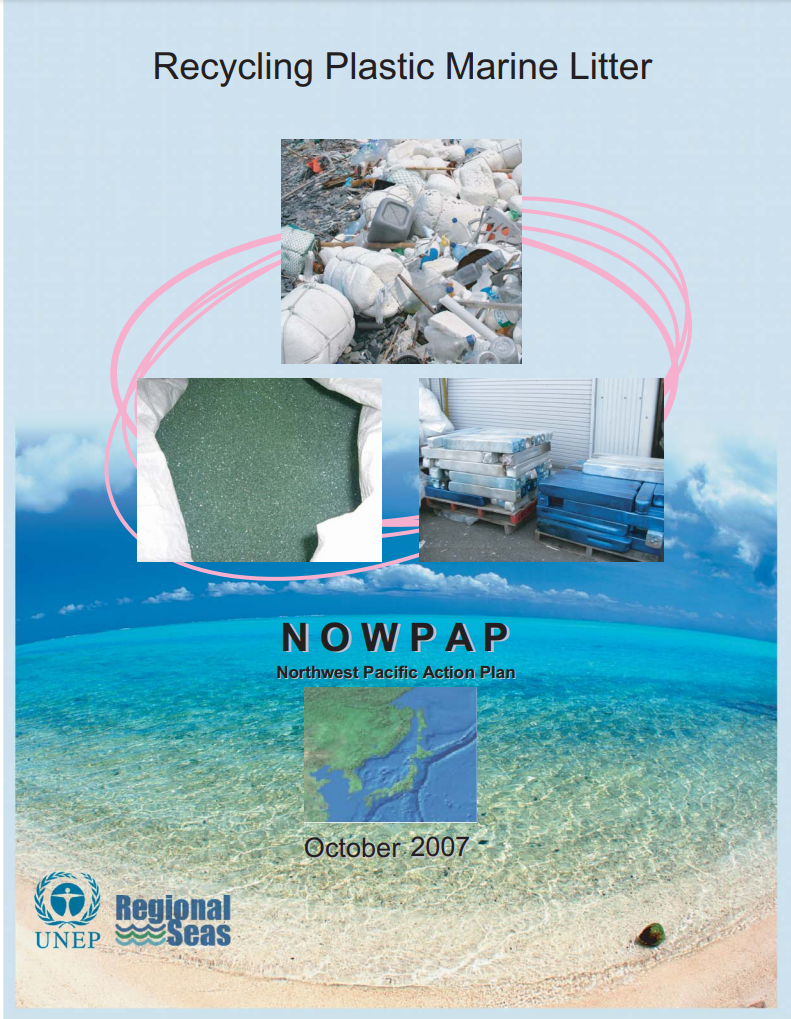 |
Recycling Plastic Marine Litter(Booklet)[985KB]
A large volume of plastic marine litter exists in the sea area around the world. However, it is difficult to reduce and recycle such plastic litter. This booklet provides useful information and best practices on recycling of marine litter.
|
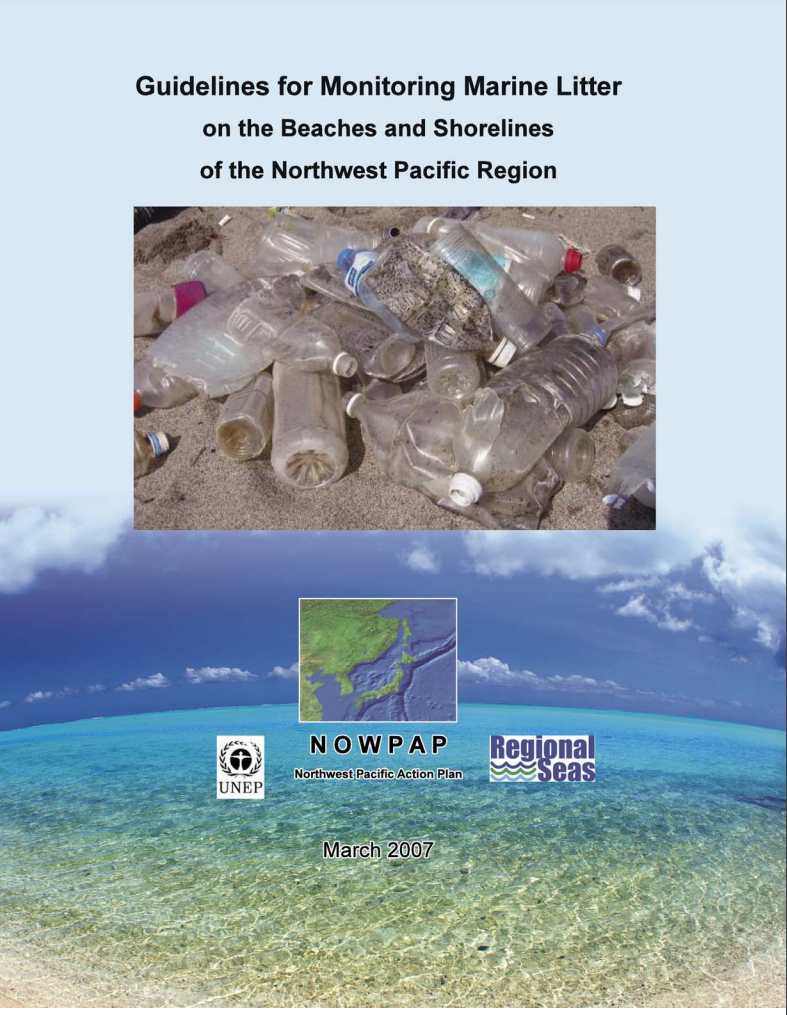 |
Guidelines for Monitoring Marine Litter on the Beaches and Shorelines of the Northwest Pacific Region
Chinese[511KB] / Japanese[670KB] / Korean[365KB] / Russian[256KB] / English[1,908KB]
As part of the marine litter activities (MALITA) led by NOWPAP RCU, CEARAC developed guidelines for collecting and sorting washed-up litter on beaches, involving local governments, volunteers, NGOs, and other organisations. The guidelines are available in the languages of NOWPAP member states and in English.
|













